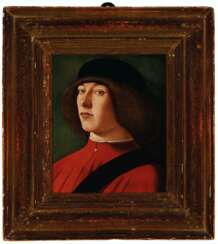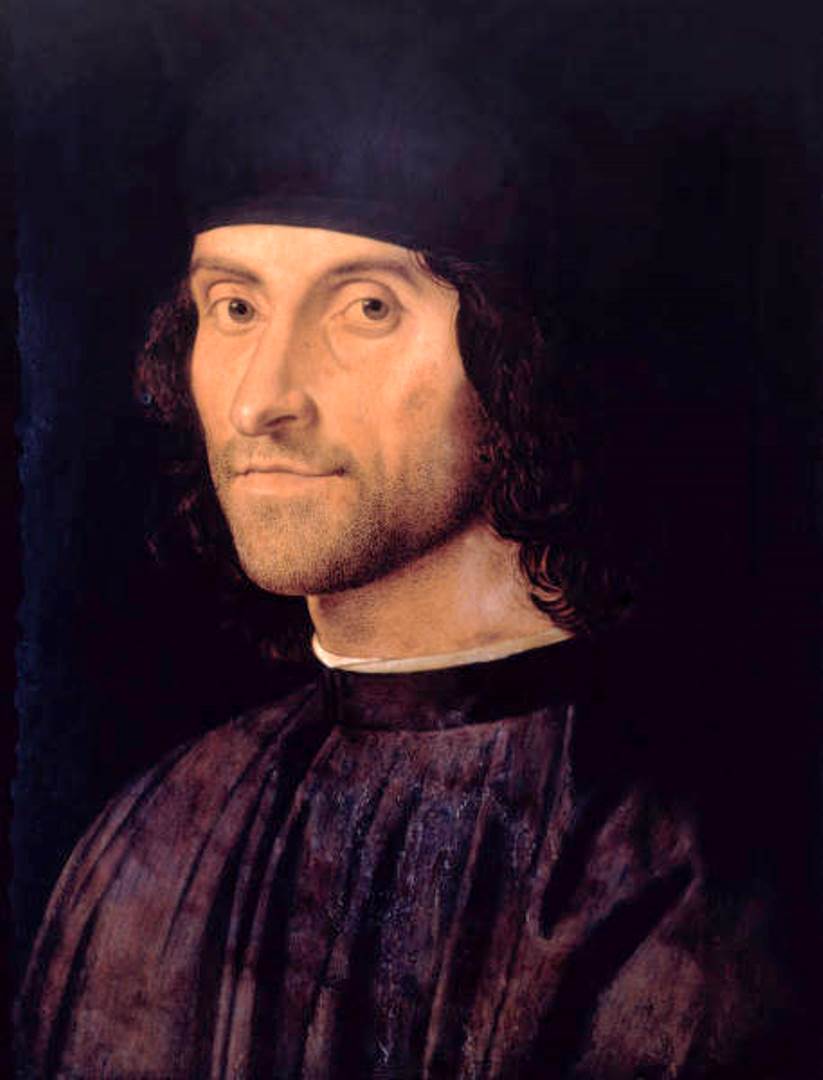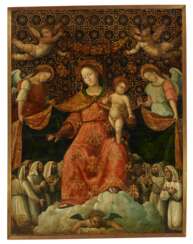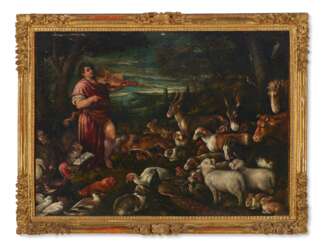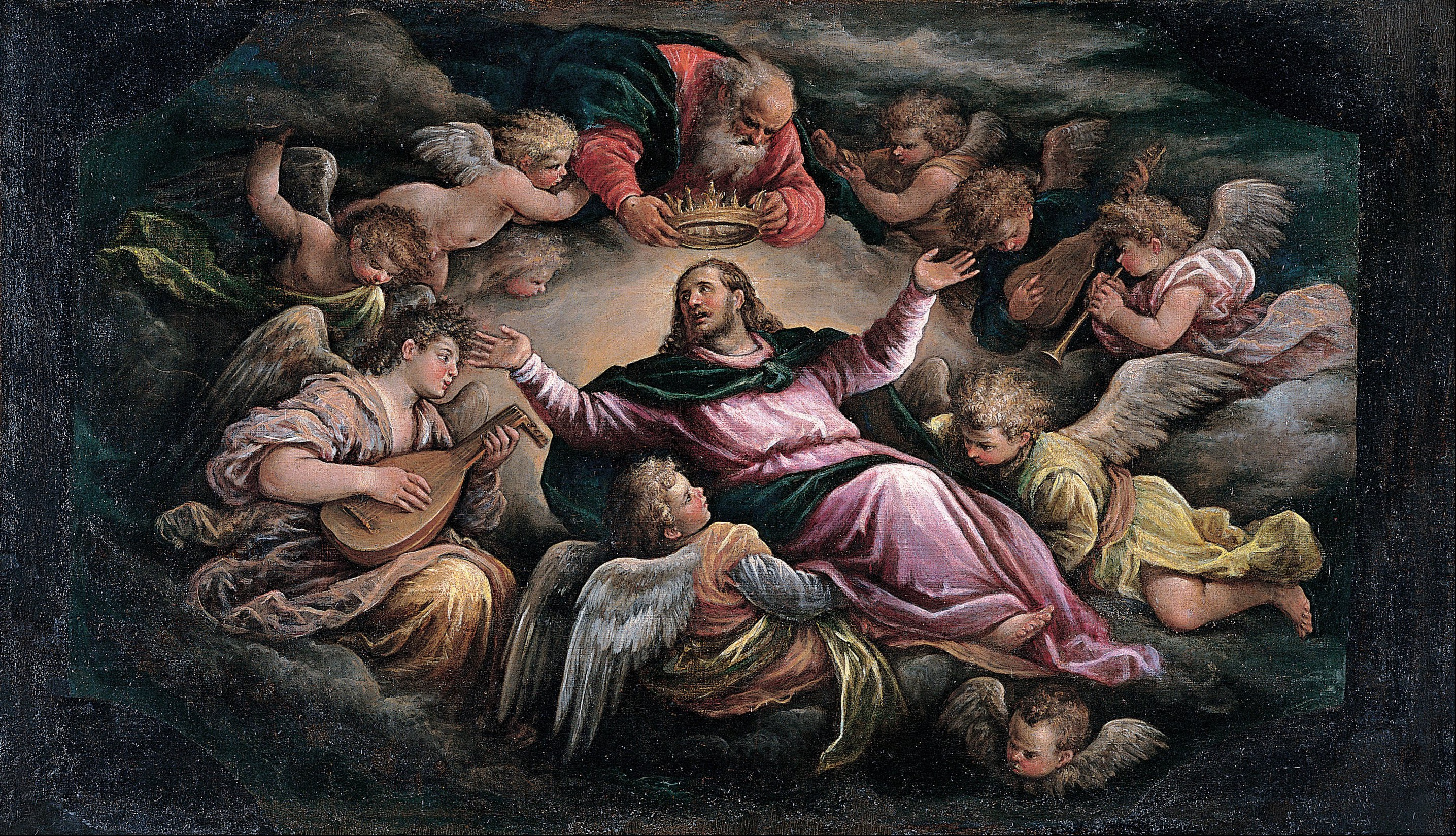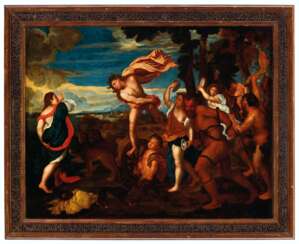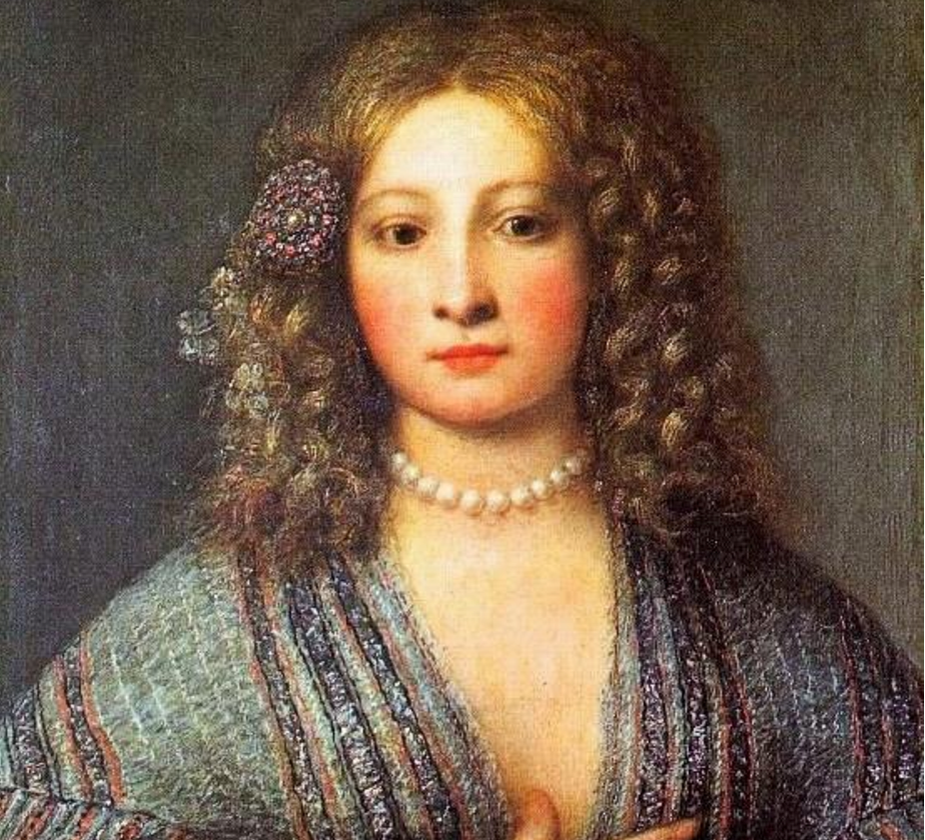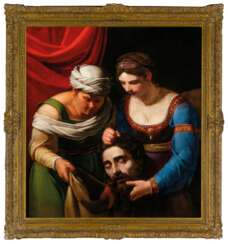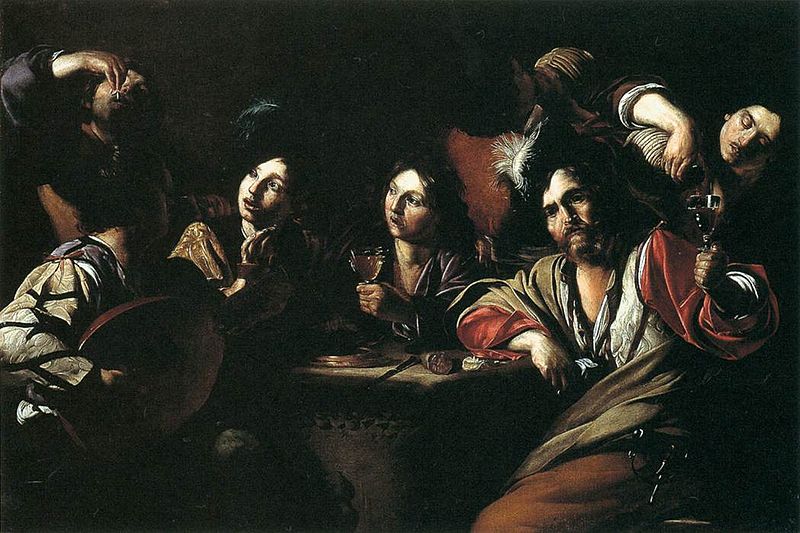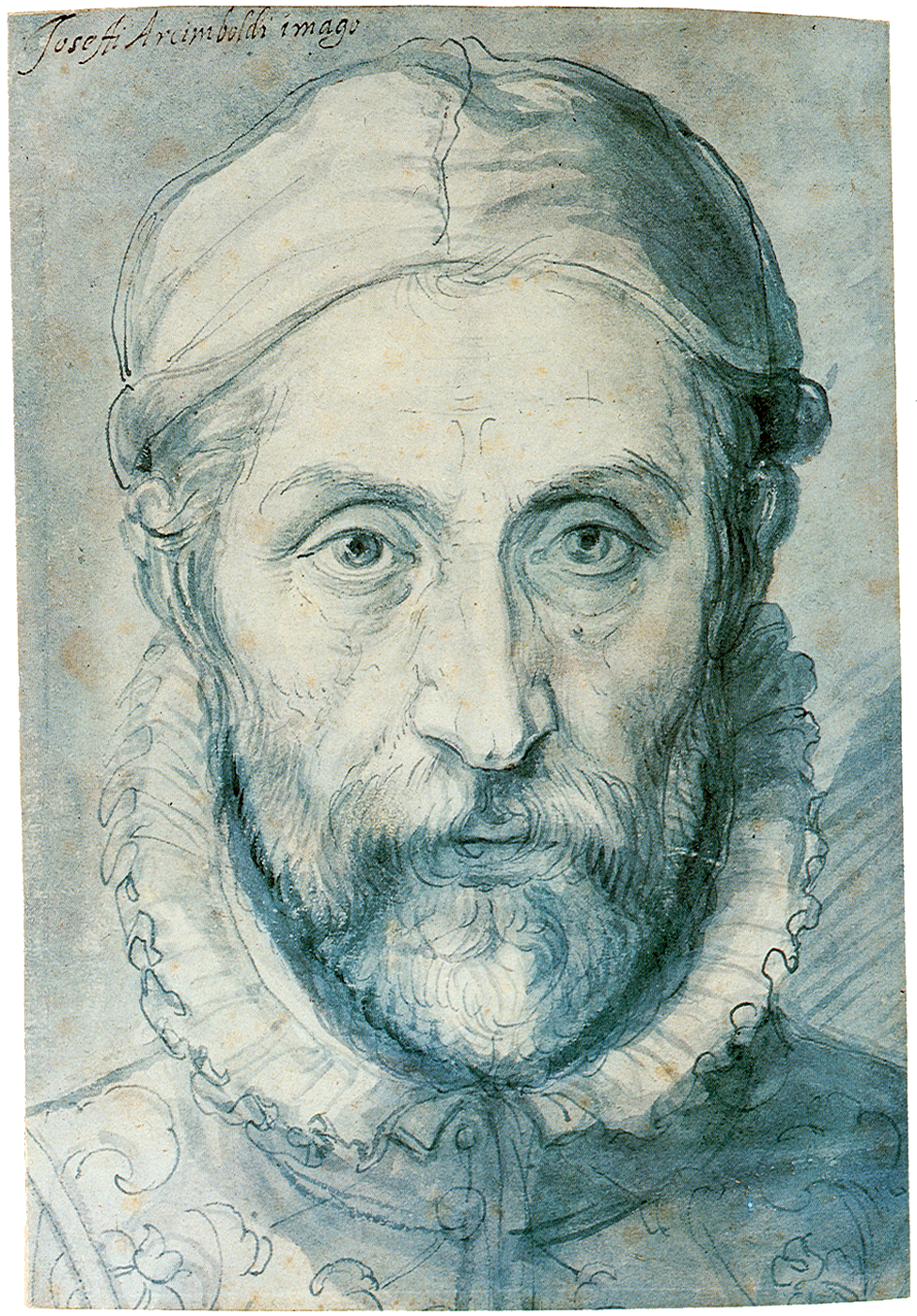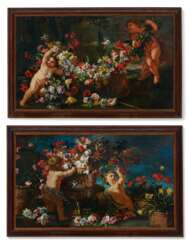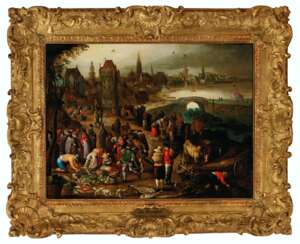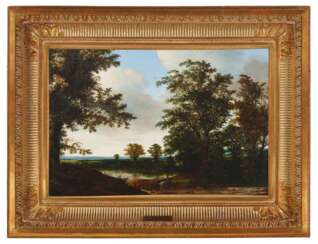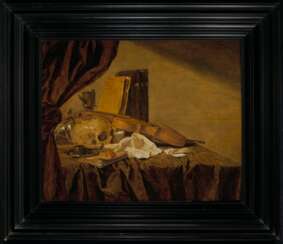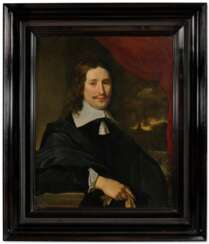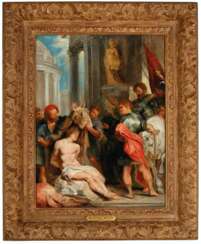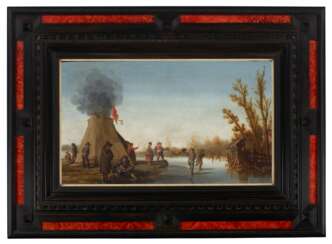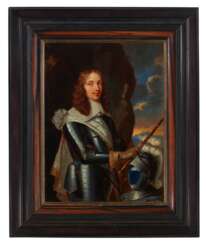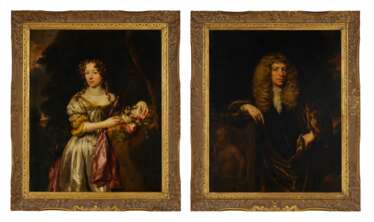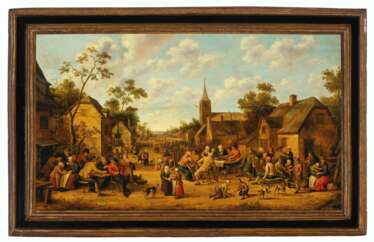
Paintings — Old Masters Part II
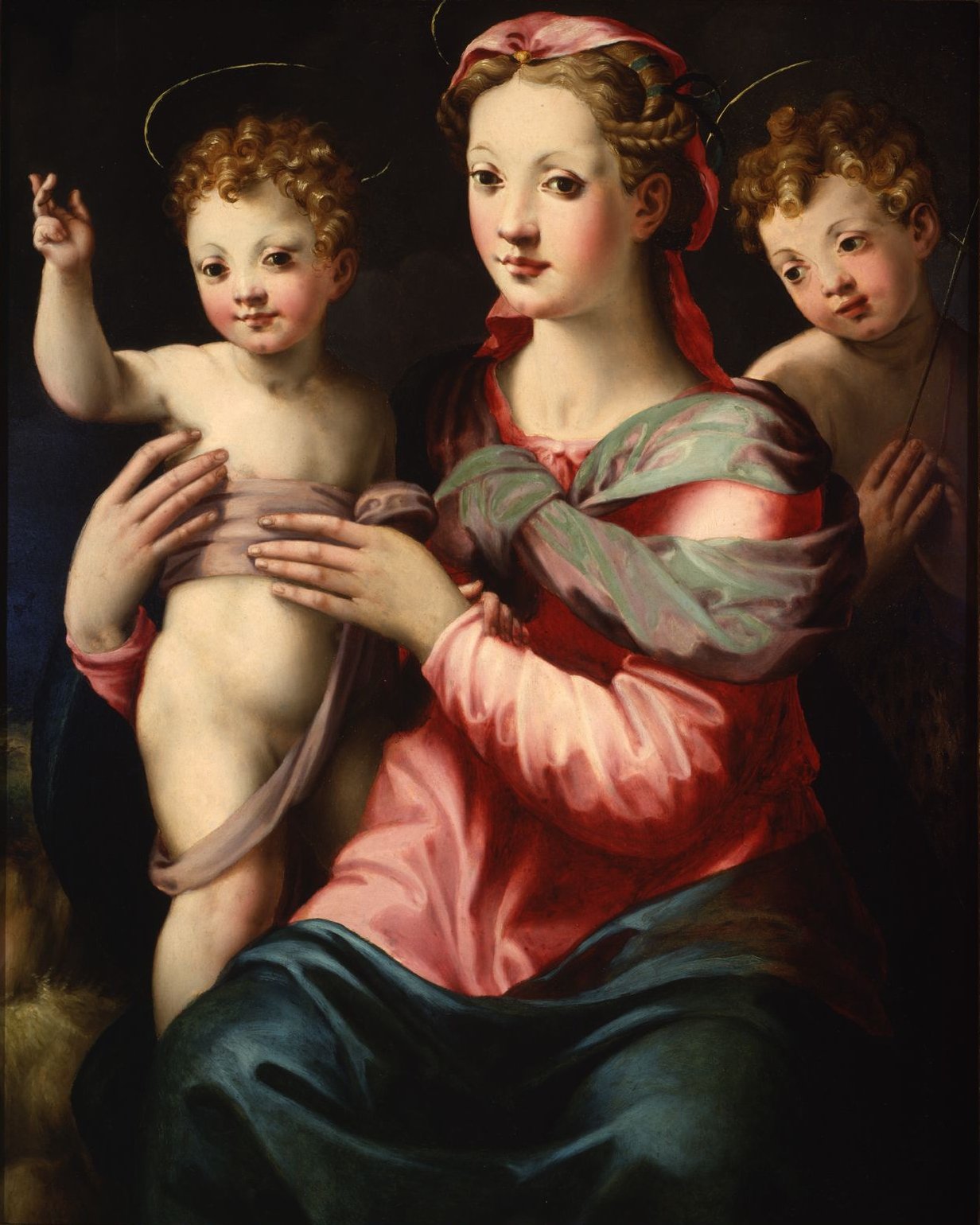
Michele Tosini, also called Michele di Ridolfo, was an Italian painter of the Renaissance and Mannerist period, who worked in Florence.
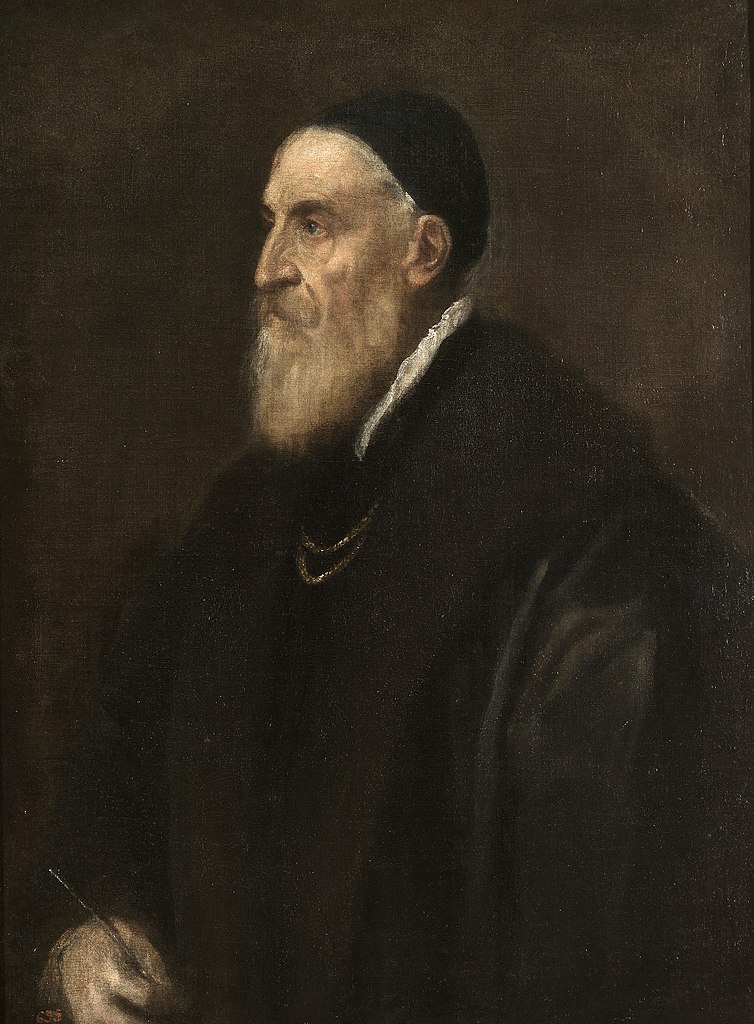
Tiziano Vecellio, an Italian Renaissance painter from Venice, stands out as a pivotal figure in the art world, renowned for his versatility across various genres like portraits, landscapes, and religious subjects. His influence on the development of Western art, particularly through his revolutionary use of color, is profound and long-lasting.
Born around 1488/90 in Pieve di Cadore, part of the then Republic of Venice, Titian's talent was evident early on. He began his artistic journey in the studio of the Bellini brothers in Venice, later joining forces with Giorgione, another influential painter of the time. This collaboration marked the beginning of a distinguished career that would see Titian become the most sought-after painter in Europe, working for nobility, the Habsburgs, and the papacy.
Titian's style evolved significantly throughout his career. He initially gained recognition for his vibrant, luminous colors and later became famous for his loose brushwork and subtle tonality. This shift was not just a matter of aesthetics but also represented a deeper understanding of color and light. Titian's approach to painting, particularly his use of colore, where he juxtaposed colors to define compositions, contrasted sharply with the line-focused disegno technique of the time. This method contributed significantly to the distinctiveness of Venetian art.
Among his many patrons, Emperor Charles V and his son, Philip II of Spain, were perhaps the most notable. As their official painter, Titian created numerous portraits and mythological works that were celebrated for their psychological depth and expressive use of color. His 'poesie' series for Philip II, including famous works like "Diana and Actaeon," showcased his skill in portraying mythological narratives with a sense of drama and sensuality.
Titian's later works, created in the 1560s and 1570s, are particularly revered for their experimental nature, pushing his art towards what has been termed 'magic impressionism'. These works, like "The Death of Actaeon" and the unfinished "Pietà", demonstrate a radical departure from his earlier style and reflect a continued evolution even in his later years.
For art collectors and experts, Titian's oeuvre represents a crucial link in the history of European art, illustrating the transition from the Renaissance to a more modern, expressive form of painting. His mastery of color and light, combined with his ability to convey deep emotional resonance, continues to influence artists and captivate viewers centuries later.
To stay updated on artworks and auction events related to Tiziano Vecelli, consider signing up for updates. This subscription will ensure you are informed about new product sales and auction events related to this remarkable artist.
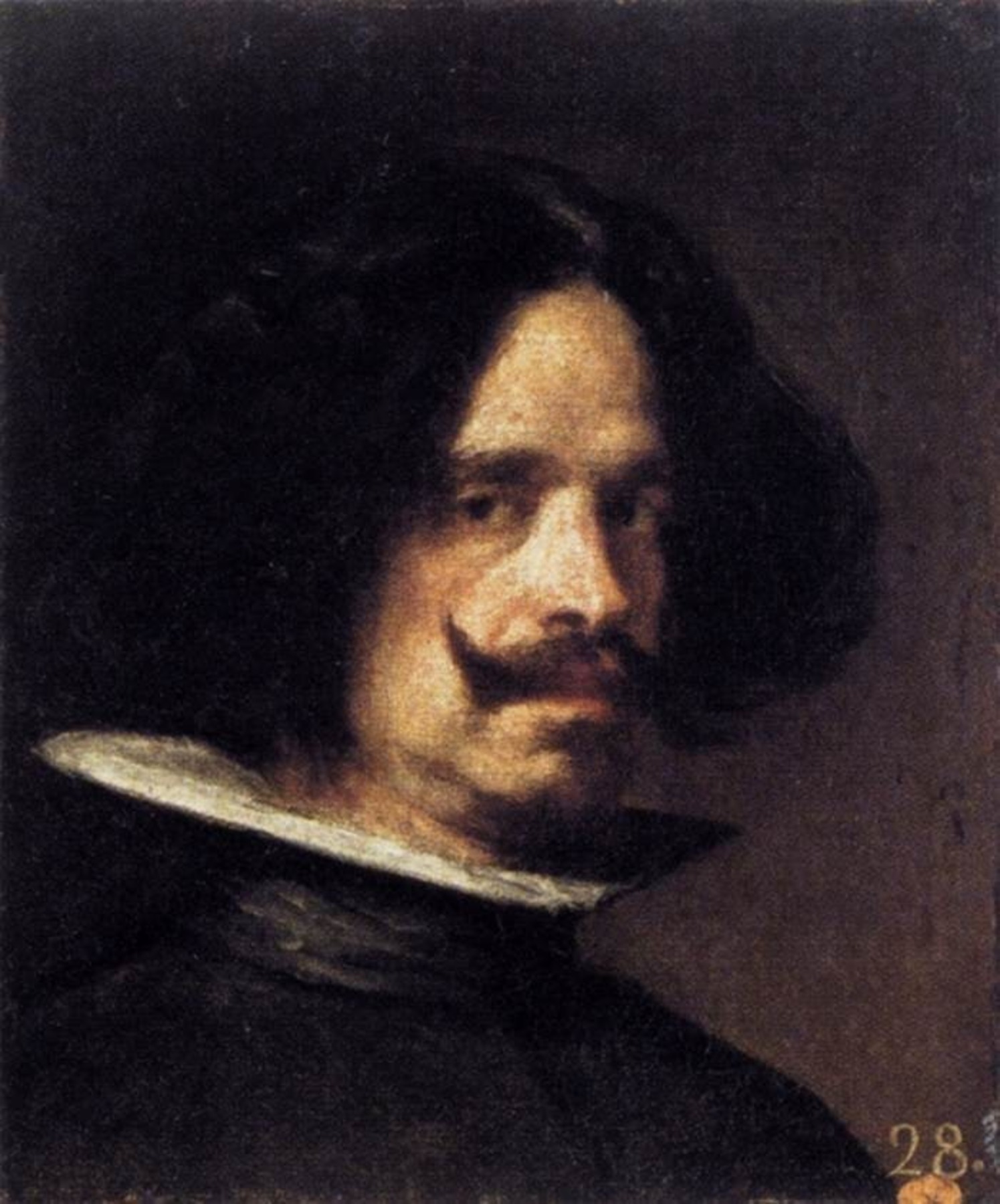
Diego Velázquez, a seminal figure in the history of Western art, was a Spanish painter whose work left an indelible mark on the canvas of art history. Born in Seville, Spain, in 1599, Velázquez's early life was steeped in the rich cultural heritage of his homeland, which would later profoundly influence his artistic direction. His baptism took place in the church of St. Peter in Seville, hinting at a life that would be closely intertwined with the spiritual and cultural fabric of Spain.
Velázquez's journey into art began under the tutelage of Francisco Pacheco, a renowned artist in Seville, where he honed his skills and developed a unique style that married realism with a keen observation of human nature. This formative period was crucial, setting the stage for Velázquez to become the leading artist in the court of King Philip IV, where he produced portraits that captured the essence of the Spanish royal family with unparalleled depth and sensitivity. His work during this period, including iconic pieces like "Las Meninas" and "The Surrender of Breda," showcased not only his technical prowess but also his ability to convey complex narratives and emotions through his paintings.
Velázquez's influence extended far beyond his lifetime, inspiring future generations of artists across various movements. His approach to realism and use of light and shadow would later become a cornerstone for realist and impressionist painters in the 19th century, including Édouard Manet. Moreover, 20th-century icons like Pablo Picasso, Salvador Dalí, and Francis Bacon paid homage to Velázquez, reinterpreting his works and celebrating his enduring legacy in the canon of art history.
The breadth of Velázquez's work is best appreciated in institutions like the Museo del Prado in Madrid, which houses an extensive collection of his paintings. These pieces not only offer a glimpse into the artist's mastery over his medium but also reflect the cultural and historical zeitgeist of 17th-century Spain. Velázquez's ability to capture the human condition, coupled with his innovative techniques, cemented his position as a pivotal figure in the Baroque period and a master of the Spanish Golden Age of painting.
For collectors and experts in art and antiques, Velázquez's oeuvre represents a pinnacle of artistic achievement, offering insights into the evolution of painting and the enduring power of visual storytelling. His works continue to inspire and captivate audiences, underscoring the timeless nature of his artistry.
To stay informed on new discoveries, product sales, and auction events related to Diego Velázquez, signing up for updates is highly recommended. This ensures that enthusiasts and collectors alike remain connected to the vibrant world of Velázquez and the rich heritage of Spanish art.
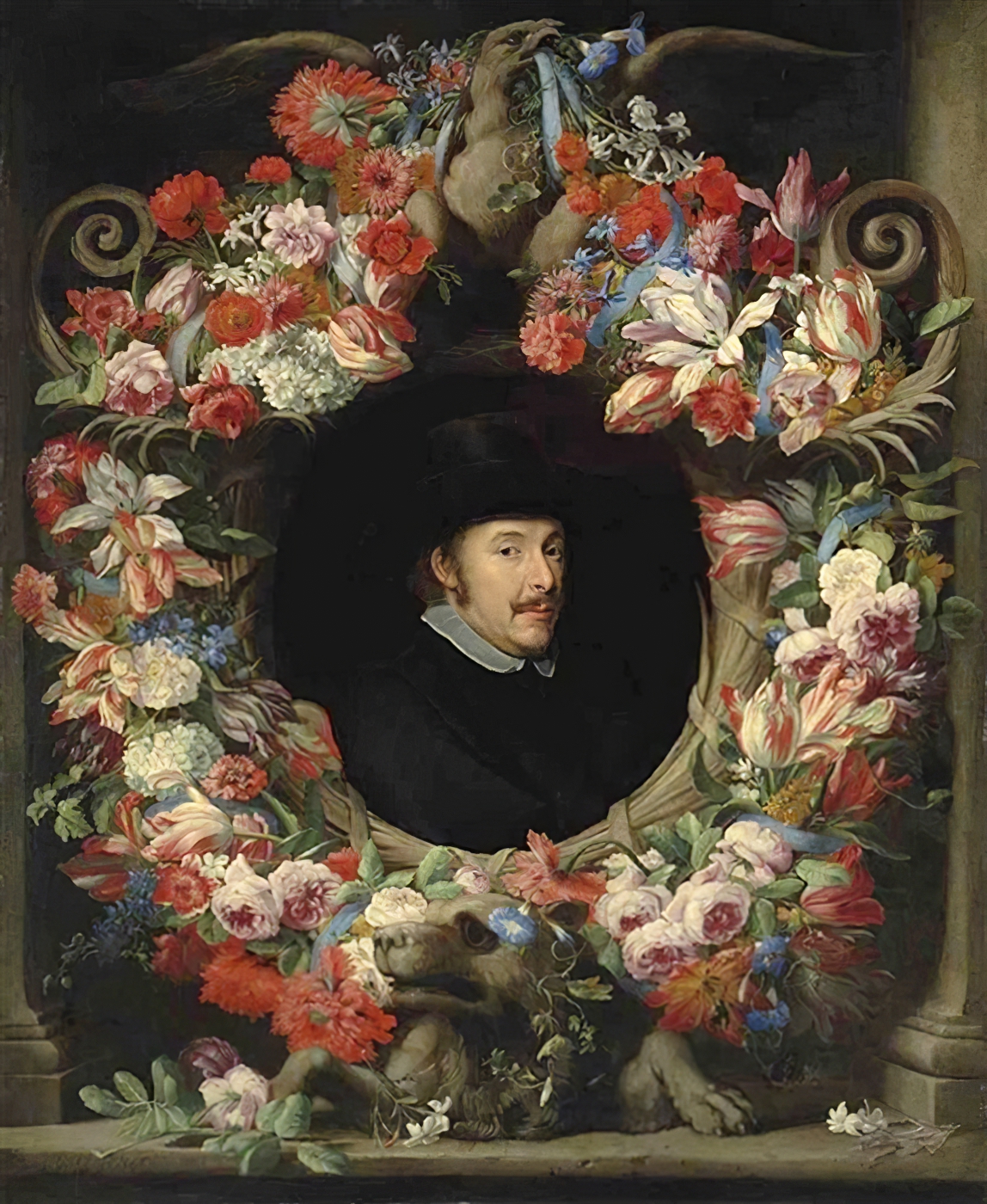
Abraham Brueghel was a Flemish painter from the famous Brueghel family of artists. He emigrated at a young age to Italy where he played an important role in the development of the style of decorative Baroque still lifes.
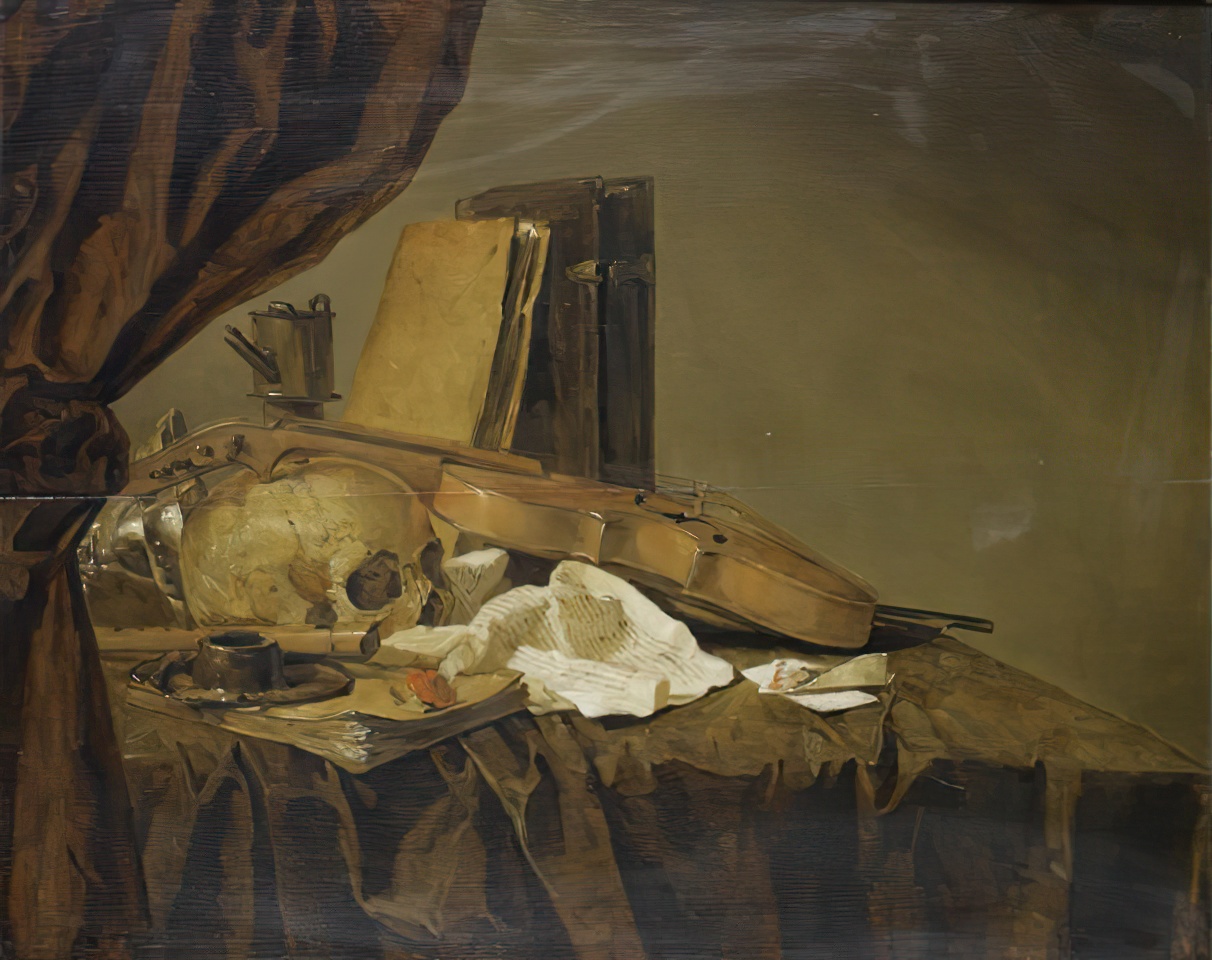
Jacques Adolphsz. de Claeuw or Jacques (de) Grief was a Dutch painter-painter of the Golden Age, a member of the Dordrecht and the Hague Guild of St. Luke. He is known chiefly for his still-life paintings, particularly in the heat of vanitas. His son is the painter Adriaen de Grijef.
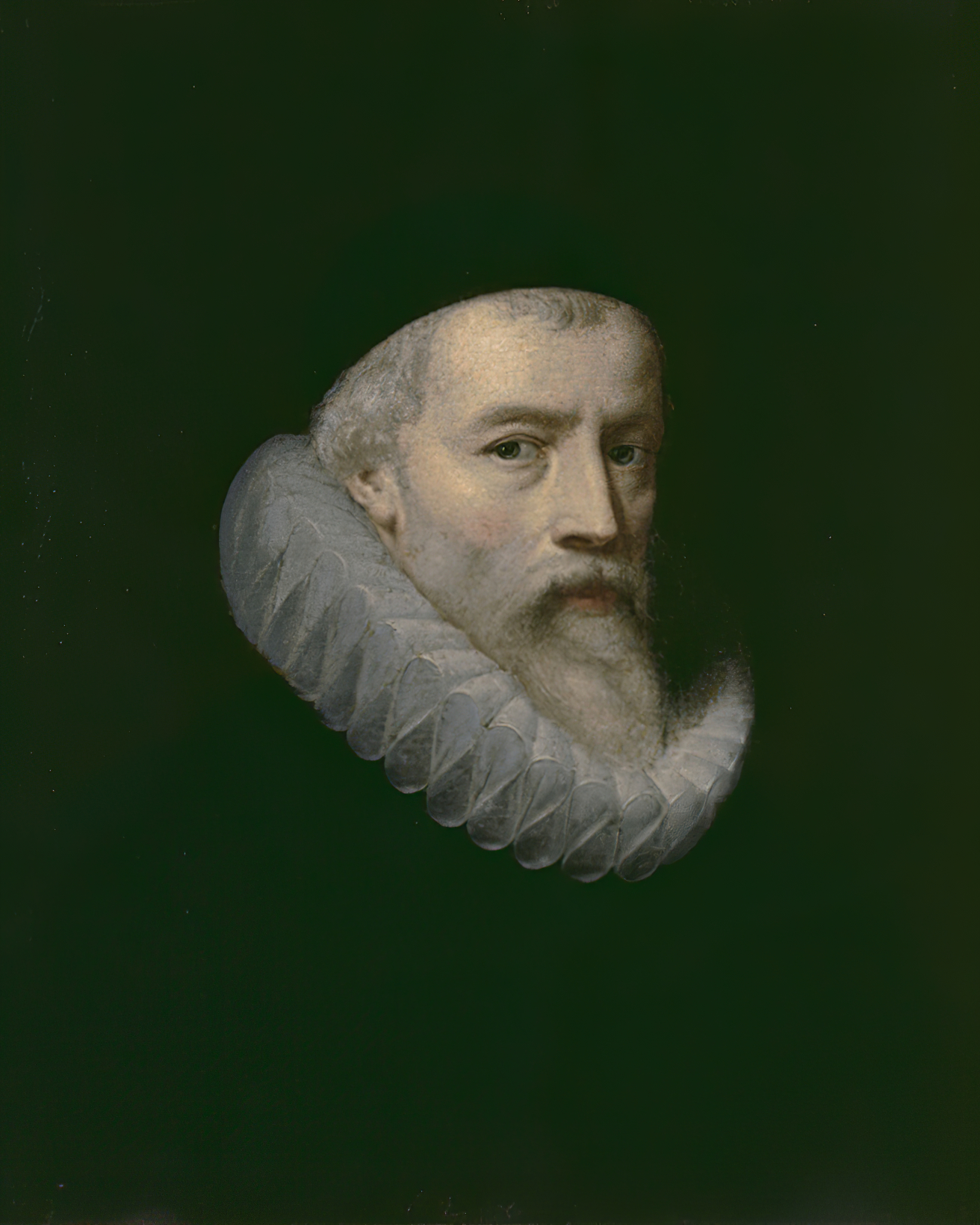
Otto van Veen was a painter, draughtsman, and humanist active primarily in Antwerp and Brussels in the late 16th and early 17th centuries. He is known for running a large studio in Antwerp, producing several emblem books, and for being, from 1594 or 1595 until 1598, Peter Paul Rubens' teacher. His role as a classically educated humanist artist (a pictor doctus), reflected in the Latin name by which he is often known, Octavius Vaenius, was influential on the young Rubens, who would take on that role himself.

Peter Paul Rubens was a distinguished Flemish Baroque painter, renowned for his dynamic, vibrant, and sensuous paintings. Born on June 28, 1577, in Siegen, Westphalia, Germany, Rubens' family moved back to Antwerp in the Spanish Netherlands (now Belgium) after his father's death. He was raised in his mother’s Roman Catholic faith and received a classical education. He began his artistic training in 1591 and later traveled to Italy, where he was profoundly influenced by Renaissance masters like Titian, Tintoretto, and Veronese. This experience significantly shaped his artistic style.
Rubens' art is celebrated for its emphasis on movement, color, and sensuality. He was particularly skilled in depicting religious and mythological scenes, portraits, and landscapes. Some of his notable works include "The Descent from the Cross" and "The Raising of the Cross," which are prime examples of Baroque religious art, showcasing his unique style that blended influences from Italian Renaissance and his own innovations.
Rubens was not just a painter but also a diplomat, serving at various European courts. He was knighted by both Philip IV of Spain and Charles I of England. His diplomatic missions often intertwined with his artistic endeavors, as seen during his travels to Spain and Italy. In addition to painting, he was involved in designing tapestries, prints, and book title-pages. He ran a large workshop in Antwerp, producing works that were popular with nobility and art collectors across Europe. His studio was in his home, the Rubenshuis, now a museum.
His influence extended to his students, notably Anthony van Dyck, and his collaborative works with other artists like Jan Brueghel the Elder. Rubens' work continued to be celebrated for its vitality and influence on the Baroque style, making him one of the most influential artists of his time.
For those interested in the work and life of Peter Paul Rubens, many of his works can be found in museums and galleries worldwide, including the National Gallery in London, which houses several of his paintings like "A View of Het Steen in the Early Morning" and "Minerva protects Pax from Mars ('Peace and War')".
To stay updated on new product sales, auction events, and more related to Peter Paul Rubens, sign up for our updates. We provide essential information tailored for collectors and experts in art and antiques, focusing on the magnificent work of Rubens and his enduring legacy in the world of art.
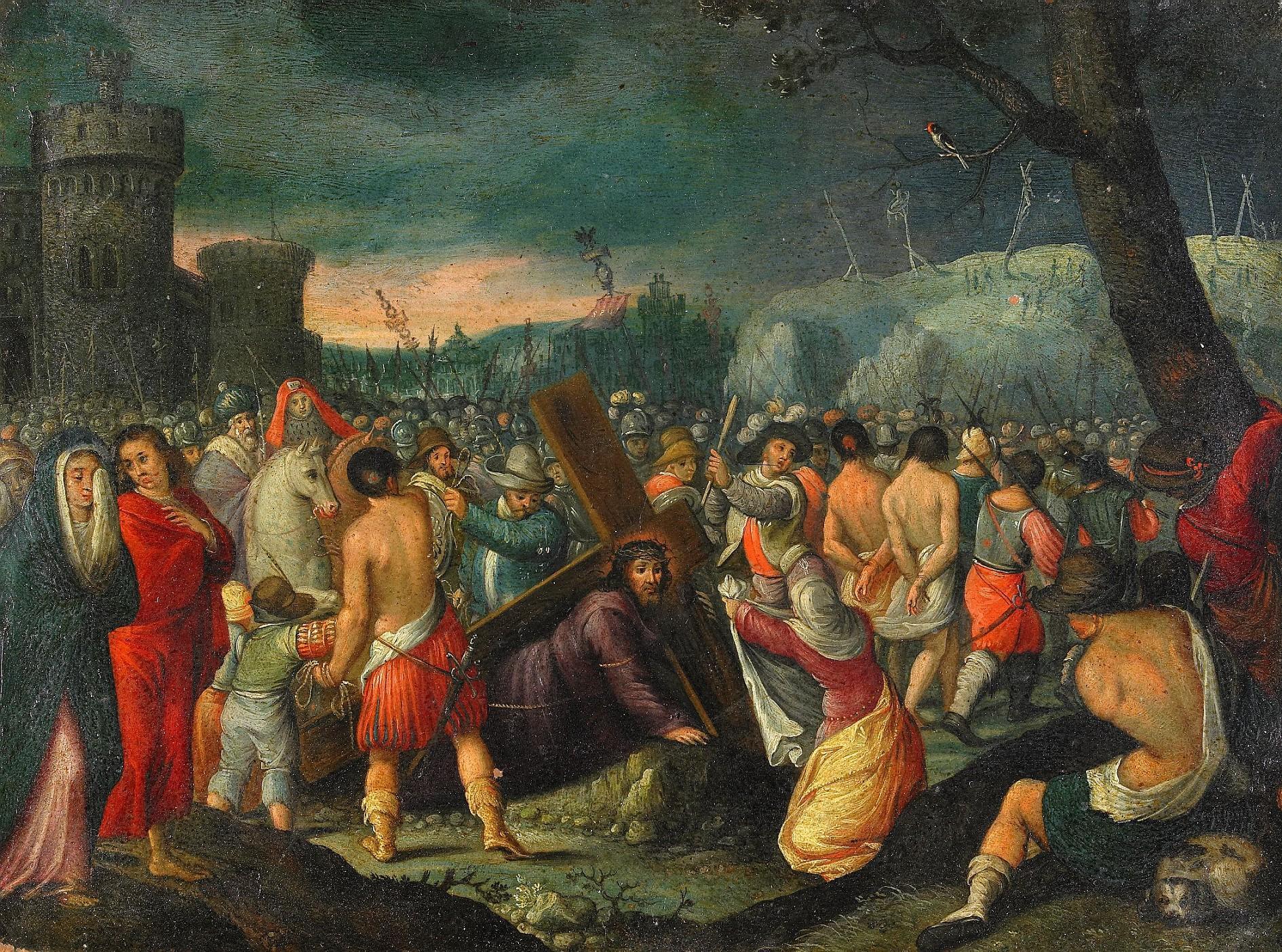
Johann König was a German painter. The son of a Nuremberg goldsmith, König was a follower of Adam Elsheimer. He is known today primarily because of his very finely painted copper panels.
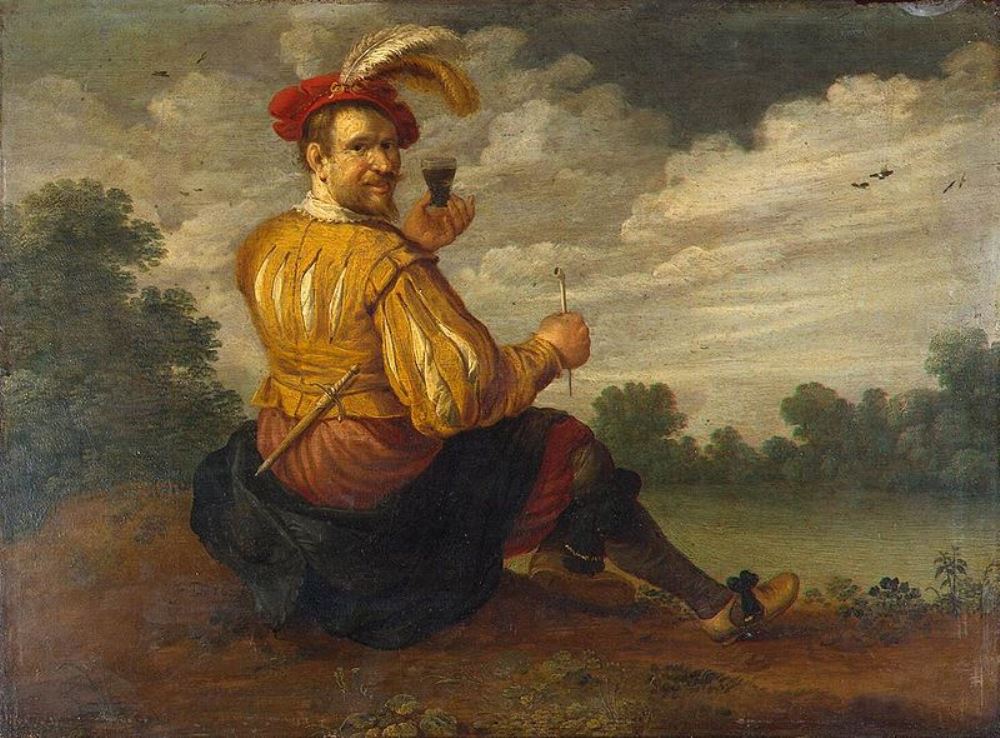
Joost Cornelisz. Droochsloot was a Dutch painter of the Dutch Golden Age, member of the Guild of St. Luke in Utrecht. He was a versatile painter, painting landscapes, moral allegories, and biblical stories. But he was mainly known for his genre rustic scenes with many participants, these paintings often had a moral component. In his compositions, Drochslot paid much attention to detail and signed them with the monogram "JCODS."
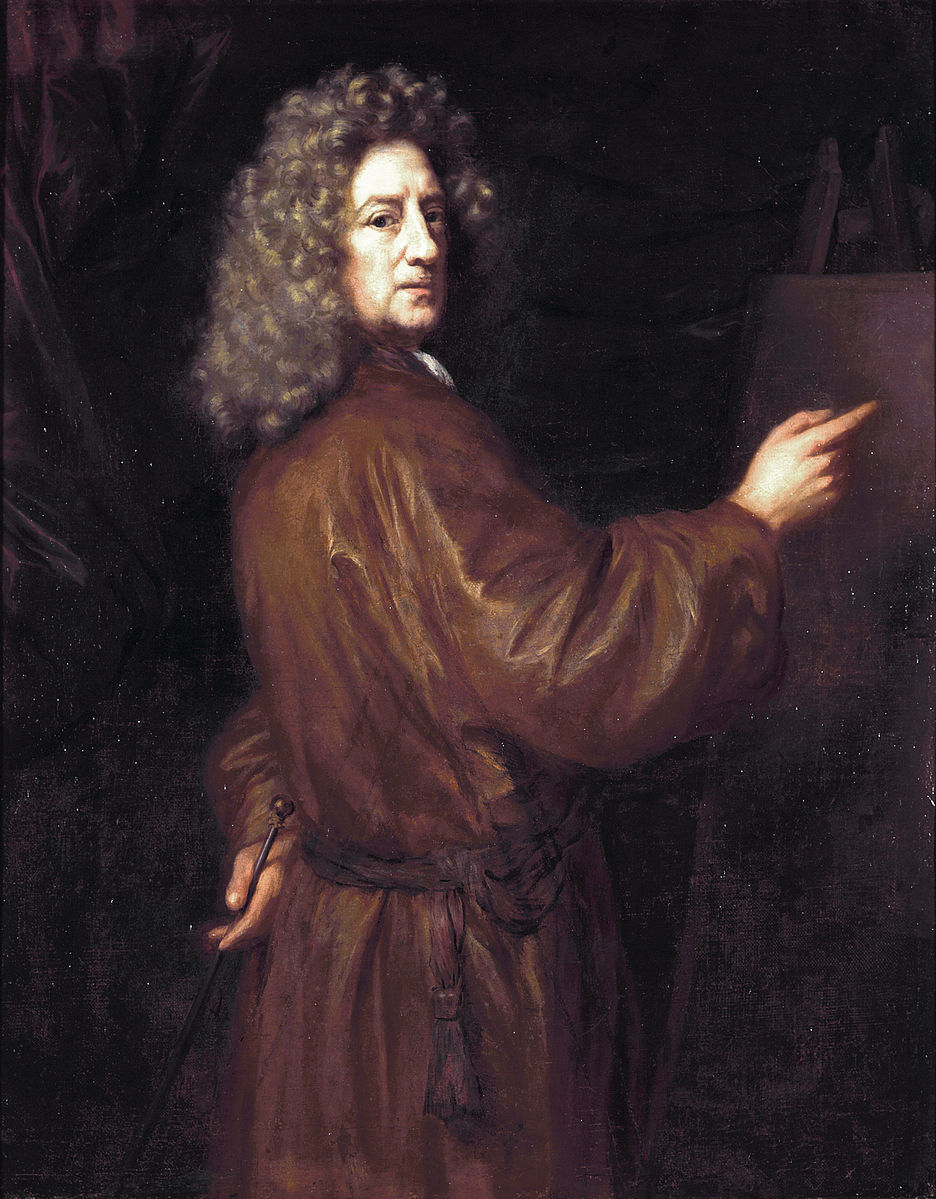
Nicolaes Maes was a Dutch painter known for his genre scenes, portraits, religious compositions and the occasional still life. A pupil of Rembrandt in Amsterdam, he returned to work in his native city of Dordrecht for 20 years. In the latter part of his career he returned to Amsterdam where he became the leading portrait painter of his time. Maes contributed to the development of genre painting in the Netherlands and was the most prominent portrait painter working in Amsterdam in the final three decades of the 17th century.

Joost Cornelisz. Droochsloot was a Dutch painter of the Dutch Golden Age, member of the Guild of St. Luke in Utrecht. He was a versatile painter, painting landscapes, moral allegories, and biblical stories. But he was mainly known for his genre rustic scenes with many participants, these paintings often had a moral component. In his compositions, Drochslot paid much attention to detail and signed them with the monogram "JCODS."
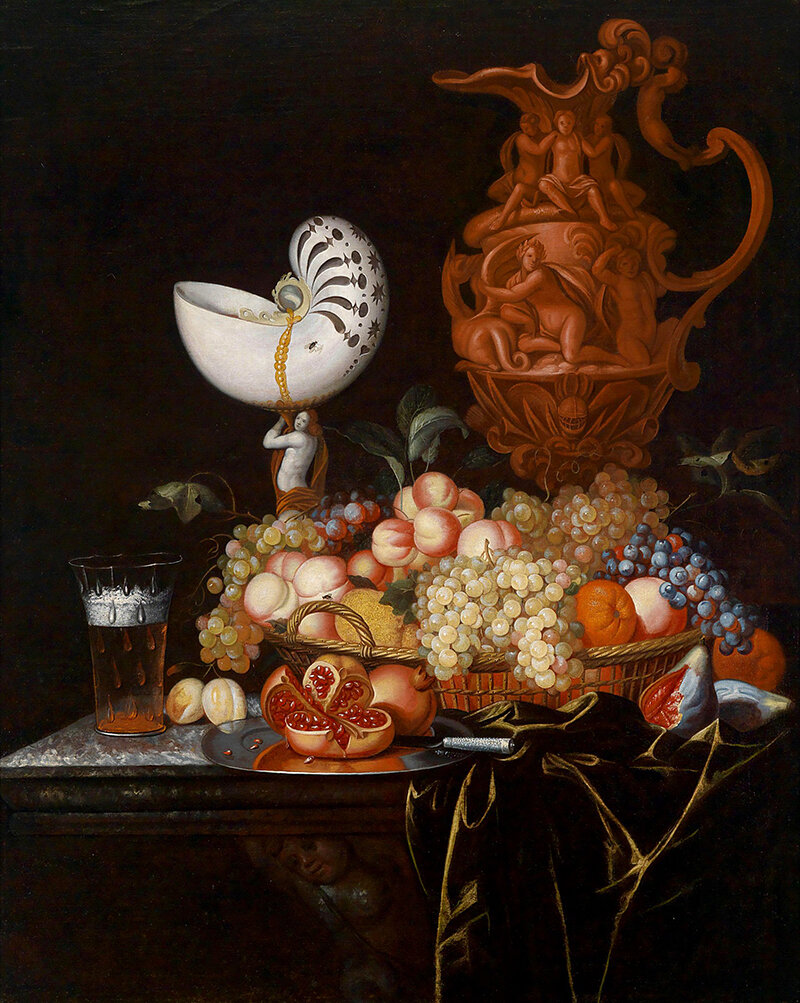
Johann Georg Hainz was a German painter of the last third of the 17th century, a representative of the Baroque. He is known as a painter and a master of still life.
Hainz is a key figure of still life painting in Hamburg and one of the few known masters of the genre in Germany in the seventeenth century. He probably trained in Amsterdam and Haarlem, as his works show a good knowledge of Dutch still life painting. He was a member of the art guild of Hamburg from 1681. His works are held in various museums in Germany, including the Hamburg Museum of Arts and Crafts and the Museum of Decorative Arts in Berlin.






